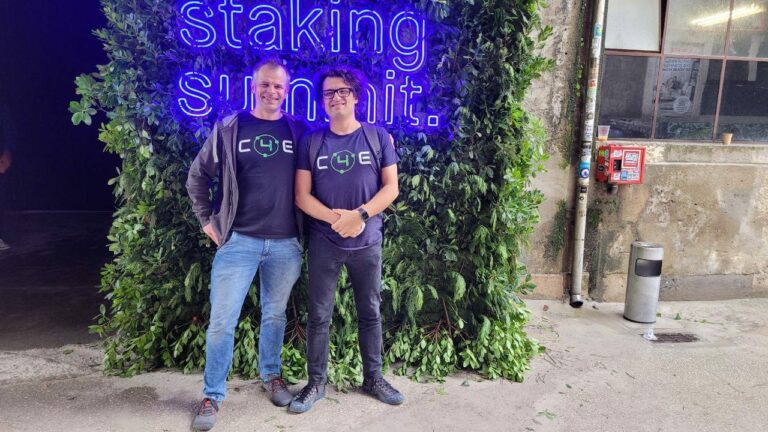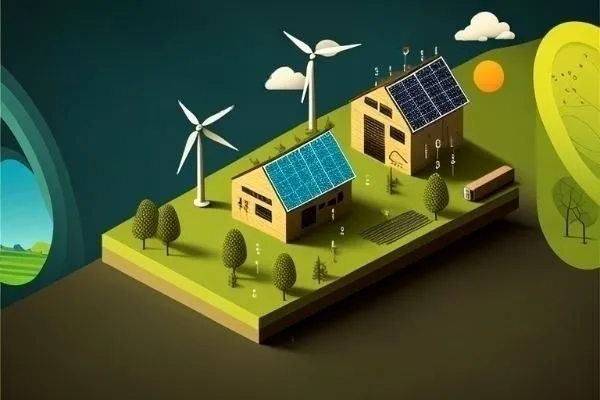The introduction to Energy Communities Part II
In the first part of the article about the legal basis and introduction to energy communities, we talked about how the EU is changing the decentralized energy landscape with new directives and incentives. If you haven’t seen it it’s here:
In this article, we’d like to talk about some issues that are faced by communities wanting to organize and to lower their energy bills.
A rough beginning
The issue of energy cooperative development ties in with insufficient local community awareness, a deficit of generation sources, and a shortage of relevant IT tools to support the operation and management of energy communities. There is a real need to identify solutions designed to convert energy co-operatives into institutions backing co-operative member interests to the extent possible, with a view to evolve these collaboration formats.
Such activities include the prerequisite of finding solutions conducive to the automation of metering data acquisition and validation processes; reliable supply and demand forecasts for cooperative members; establishing functional models and flash energy deficits and surplus handling systems; constructing clearance mechanisms as well as mechanisms encouraging community membership.
Solving problems C4E way
A combination of essential functionality and serving as something akin to a marketplace for such activities, the C4E platform is a sound response to the aforementioned needs and requirements of market actors.
It supports communication with distribution network operators, day-to-day monitoring of energy consumption and generation for the community and its individual members, and energy bill settlement handling based on predefined or bespoke algorithms, invoicing process included.
In today’s era of digitization and considerable pressure on data security, sensitive (financial settlement) data included, the blockchain-based C4E platform solution architecture takes on particular importance. In addition, the system design offers an option to create energy tokenisation-related incentives.
Summary
Favouring peer-2-peer mechanism implementation and rollout, an energy market paradigm shift, including the reduced role of energy trading companies, is happening before our eyes, the C4E aspiring to the role of a leader and change catalyst in this particular area of market evolution.






